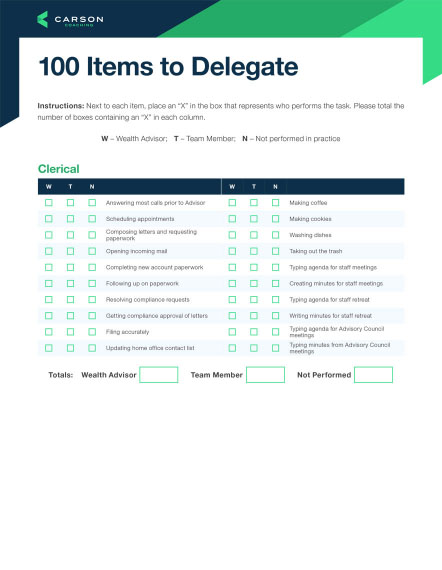Millions upon millions of dollars have been spent studying and trying to find the most effective way to turn a prospect into a paying customer. If it could be perfected, we would have definitely figured it out by now, right? When it comes to tried and true methods, sales is more of an art than a science, but there are still a few best practices that can help you turn that new lead into a client.
1. Engage Quickly
Timing plays a vital part in that seemingly simple process of converting a contact into a lead. Once someone submits a form or clicks on a CTA, you need to be ready to respond. The difference between a response time of five minutes and ten minutes is a 400 percent decrease in your odds of qualifying the lead. Of course, a contact or lead may come to you in a variety of ways.
Whether that’s an in-person introduction at a conference or a COI giving you a name to contact, what’s important is how you use that connection and how quickly you do so. Be thinking about what the first impression communicates to a potential client.
A timely and respectful response speaks volumes to the kind of service they can expect from you. On the other hand, if you respond slowly or send them an email with typos in it, that can also give prospects an impression of what to expect in the future. No one wants to do business – especially business that involves their life savings – with someone who doesn’t appear to care.
2. Strengthen the Connection
The first contact is made. A relationship is now growing between you and the prospect. Your first impression landed, but it’s not time to rest on your laurels. It’s time to strengthen that connection. Before presenting them with a plan or your thoughts on the market, find out who they are – what drives them, what their style is when it comes to money and life in general. Ask them qualifying questions to learn more. This exploration stage takes self-knowledge as well.
These initial questions help you understand if you’re the right fit for this prospect. If your expertise is in retirement and Social Security optimization, a 30-year-old looking to build wealth quickly may not be the best fit. Serving everyone who walks through the door may seem like the best business move, but knowing who you are and where you fit usually works best in the long run. As the founder of the ever-popular Tracion/EOS system Gino Wickman says, “When everything is important, nothing is important.”
3. Find a Way to Stand Out
Every partnership needs a certain “X” factor where a contact becomes a connection. Asking your core questions about a lead gives you some understanding of who they are as a person, and this is where your insight – your X factor – comes into play in converting them into a client. In conversation with a prospect and their family, you find out one spouse has the head for numbers and the other doesn’t. Or you find out they are nearing retirement and their portfolio still hasn’t recovered since the Great Recession.
You might find out they have an adult child who makes poor decisions and they feel unsure about leaving money to them. These are those X factor details you need to keep in mind when converting a contact into a lead. How you respond to them will determine how strong of a foundation your relationship is built upon. Technology is your friend here as well.
A solid customer relationship manager (CRM) like Salesforce or Redtail will help you keep track of the details. Asking for the third time how many kids someone has or forgetting they are newly married/divorced will make a prospect apprehensive about trusting you with their portfolio. Your X factor continues with those touches that make you stand out in a potential client’s mind. Provide them reliable information quickly. Set that meeting and keep it; send a reminder email to the client on the day of. If they recognize that you take the connection seriously and value their business, you won’t be forgotten.
After that first meeting, you want to leave the prospect with a clear action plan that leaves them excited. These details should be actionable and clear and have a confident timeline for completion. Some firms go as far as creating a binder for each prospect, with a copy for them and a copy for the advisor. This contains all the “mission critical” information for that potential client’s financial life, from their total assets to their dreams for the future. A record like this helps a prospect see their financial big picture at a glance and keeps their details at your fingertips.
The Next Step
Being someone’s advisor is a long-form service relationship. This isn’t a simple exchange of goods or a one-time repair call. You share life with your clients for a while, and doing so means you have to establish a strong connection that will make it through the long haul. An empathetic connection will help that lead convert to a long-term client.
Your response should be confident, clear and quick. If they’ve clicked that CTA or replied to that email or shaken your hand at a barbecue, they’ve already made the first step. The next step is up to you.


